Thoughts From The Belly
copyright December 2006
By: Dan Mays Ironbelly1@aol.com
Again this year, I attended the Herbaceous Perennial Symposium; which is held annually on the Iowa State University campus. Dr. Cindy Haynes always does a stellar job of putting together a diverse collection of speakers for this conference. I was particularly looking forward to hearing a fellow from Adel, Iowa, Carson Whitlow. He has been consistently making new inroads into the confounding arena of hardy Lady Slipper Orchid (Cypripedium sp.) propagation. For many decades, propagators have been unsuccessfully trying to unlock the propagation secrets of these stunning but mysterious plants.
We have several hardy orchids that are native to our fine state. However, I and many others fear that these plants are soon facing extirpation; mainly due to deer populations continuing to increase unabated. A couple of chomps for several successive years and an orchid plant is largely history. At best, it may struggle to survive but it darn sure will not reproduce. The hope has been to discover the covert requirements of our native orchids and reproduce them in a controlled environment to insure survival.
I was a bit disappointed that Mr. WhitlowÂs presentation never really discussed this process. True, he gave a photographically rich presentation of Cypripedium species from around the world but I was personally hoping for a bit more substance. Perhaps he is protecting his hard-won knowledge.
Colston Burrell, formerly from Minnesota and now working in the Department of Landscape Architecture at University of Virginia gave two presentations. The first presentation was on one of the latest gardening obsessions sweeping much of the country: Hellebores. I must confess, under the right conditions, this virtually evergreen perennial offers unexpected beauty, extremely early in the spring. The plant hybridizers are doing some wonderful things with this genus. Thanks to tissue culture propagation methods, prices are dropping. Supply and selection has never been more abundant. However, let me quickly insert my favorite piece of garden wisdom: "Gardening advice is like picanté sauce. Neither one should come from New York City!"
I garden out on the open prairie, not in a protected, predominantly woodland area like Mr. Burrell. Gardening is comprised of differing regional conditions and requirements. Particularly in the Midwest, gardening is site specific and heavily dependent upon micro-climates. I fear that inclusion of hellebores (although they are wonderful plants) in my landscape would not escape the ravages of windy conditions. Wind-beaten, shredded plants, reminiscent of an old flag that should have been taken down long ago are all that I can expect of hellebores in my prairie landscape.
The most information-packed lecture was presented by Richard Hawke of the Chicago Botanic Gardens. He outlined the latest findings from their perennial plant evaluation program. The information was complete with both pro and con observations and many side comments not normally included in the formal reports. It was obvious that he was not just providing a secondhand report. His direct involvement was evident and appreciated.
"From Ordinary to Extraordinary" was the presentation given by landscape designer, Craig Bergman of Wilmette, Illinois. This unassuming man gave a resplendent presentation on landscape design. Of course, there were a lot of "eye candy" photos. In addition, he described things with remarkable insight and retrospect. Although many of the landscapes featured were high-end estates, his descriptions of the "hows and whys" were on a personal level that fully engaged his audience. I remember one attendee stating after the lecture, "His voice was so soft and pleasant that it could have put you to sleep if the quality of his presentation hadnÂt been so darn exciting!"
I took particular note of a side comment he made while responding to a question from the audience. The question was, "What is the best way to incorporate pieces of hardscape into a landscape?" His formal response was something like you can garner from watching any P. Allen Smith TV show. However, he went on to describe how objects placed into a garden (statue, urn, birdbath, etc.) actually work  an observation I had never heard before. Craig noted that plants in a garden are never static. They continue to change throughout the growing season. Hardscape is static and does not change at all. There is something subconsciously comforting about things that are familiar. When hardscape objects really begin to work in a garden setting is when the two elements of change and non-change are juxtaposed in the same area. In other words, nestle those taller plants that move in the breeze right up against that birdbath (or whatever). They esthetically feed and compliment each other. That nugget of design wisdom made the whole trip worthwhile.
*****
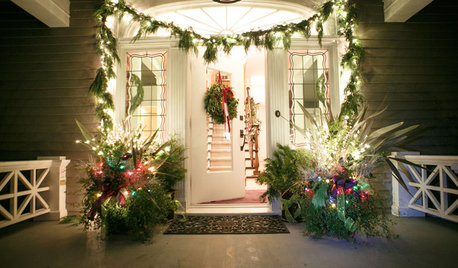
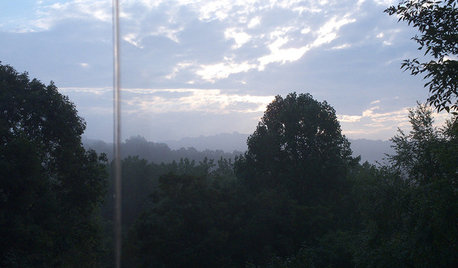
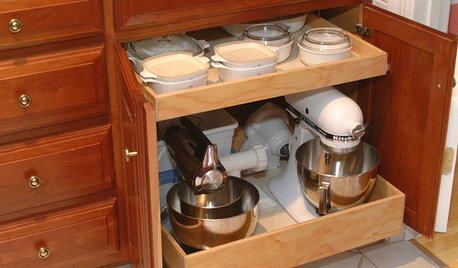
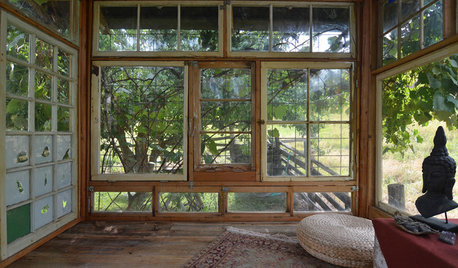


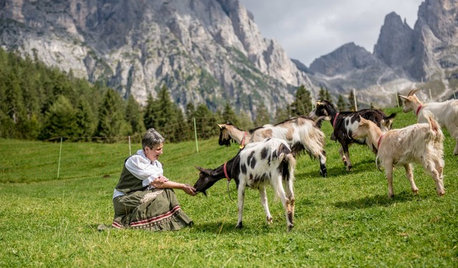
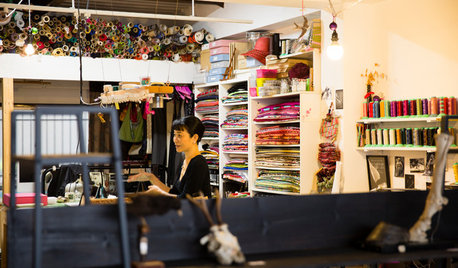








cathy3777
Related Professionals
Brentwood Landscape Architects & Landscape Designers · Lakeland Landscape Contractors · Deerfield Landscape Contractors · Harvey Landscape Contractors · Mastic Beach Landscape Contractors · Palos Verdes Estates Landscape Contractors · Reedley Landscape Contractors · Rio Linda Landscape Contractors · St. Louis Landscape Contractors · Coronado Decks, Patios & Outdoor Enclosures · Welby Decks, Patios & Outdoor Enclosures · Clute Decks, Patios & Outdoor Enclosures · Jeffersonville Decks, Patios & Outdoor Enclosures · Mobile Decks, Patios & Outdoor Enclosures · Port Saint Lucie Decks, Patios & Outdoor Enclosures